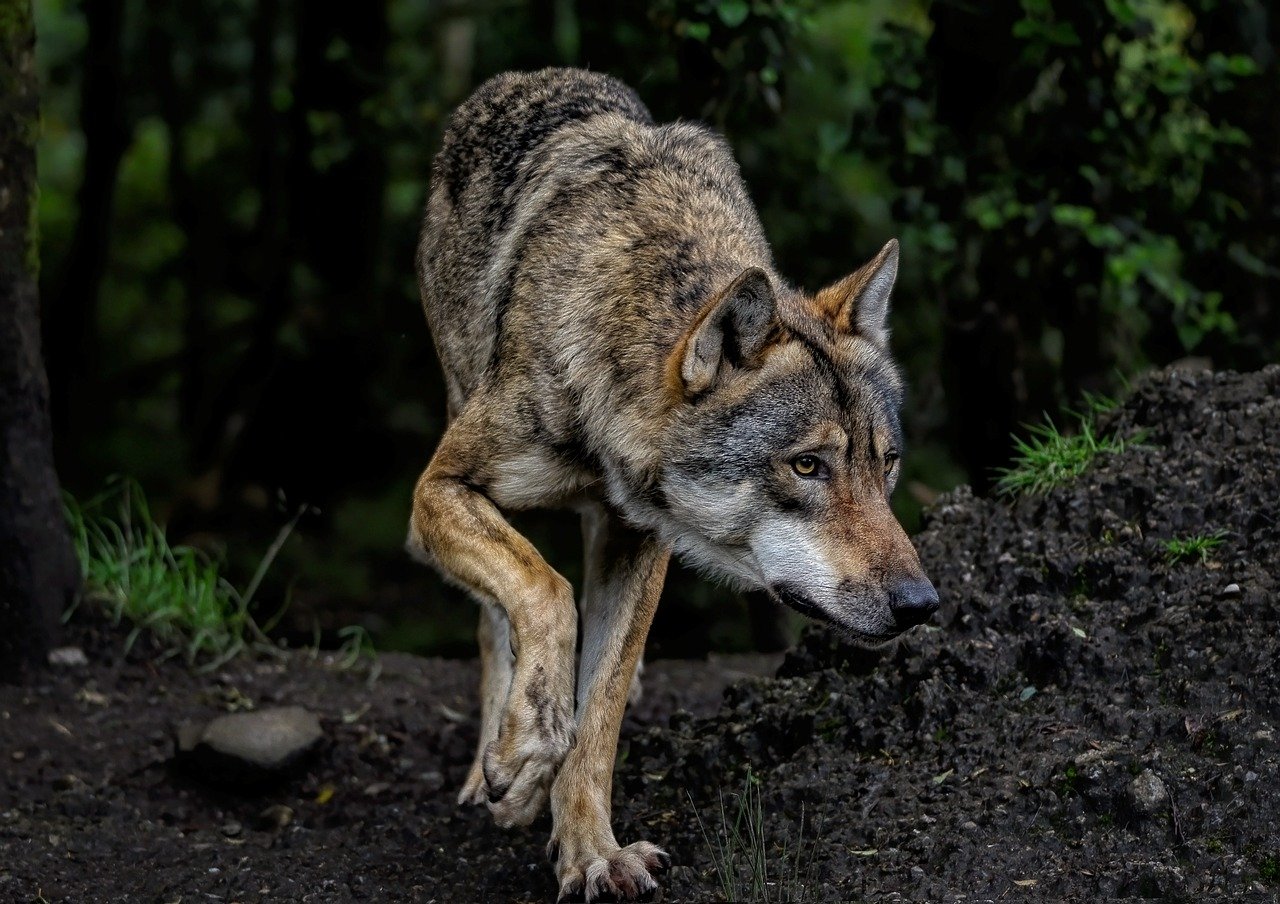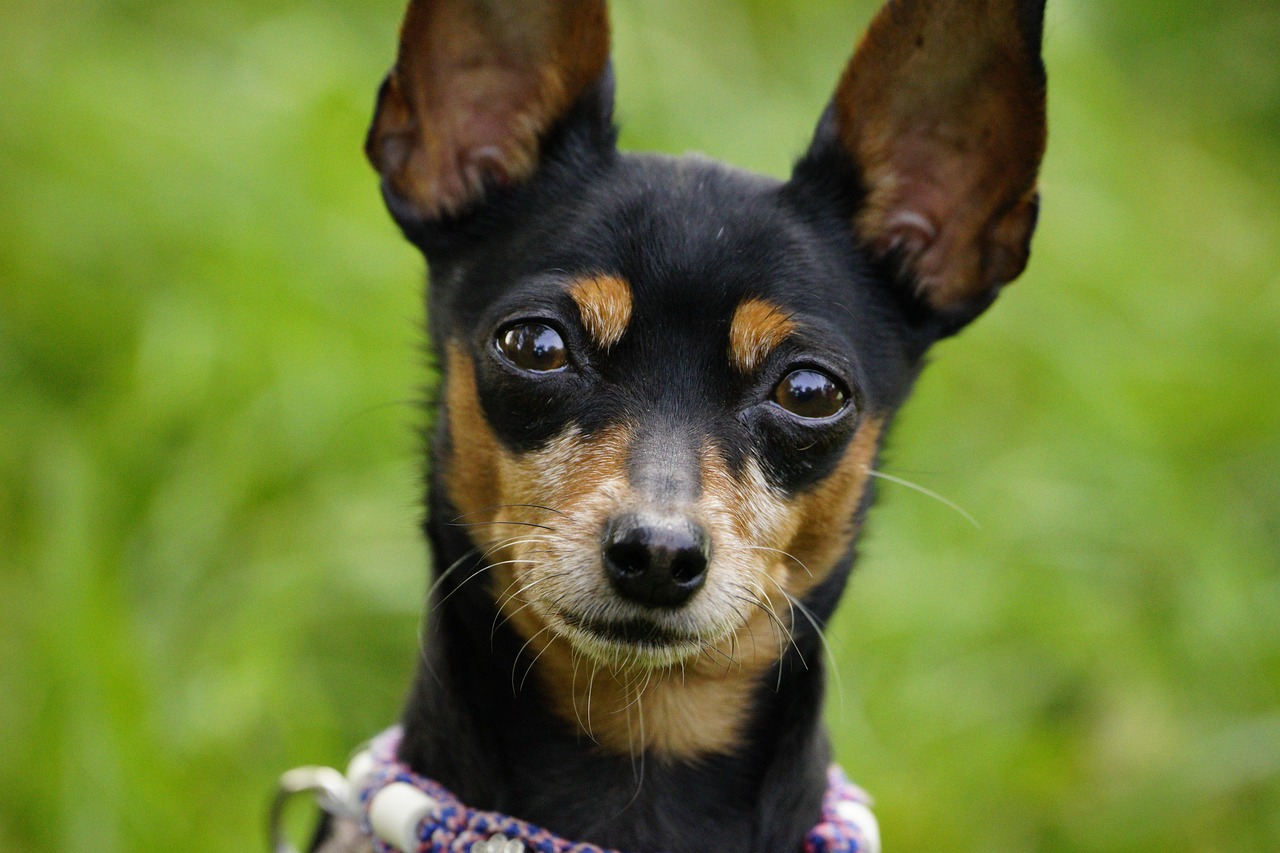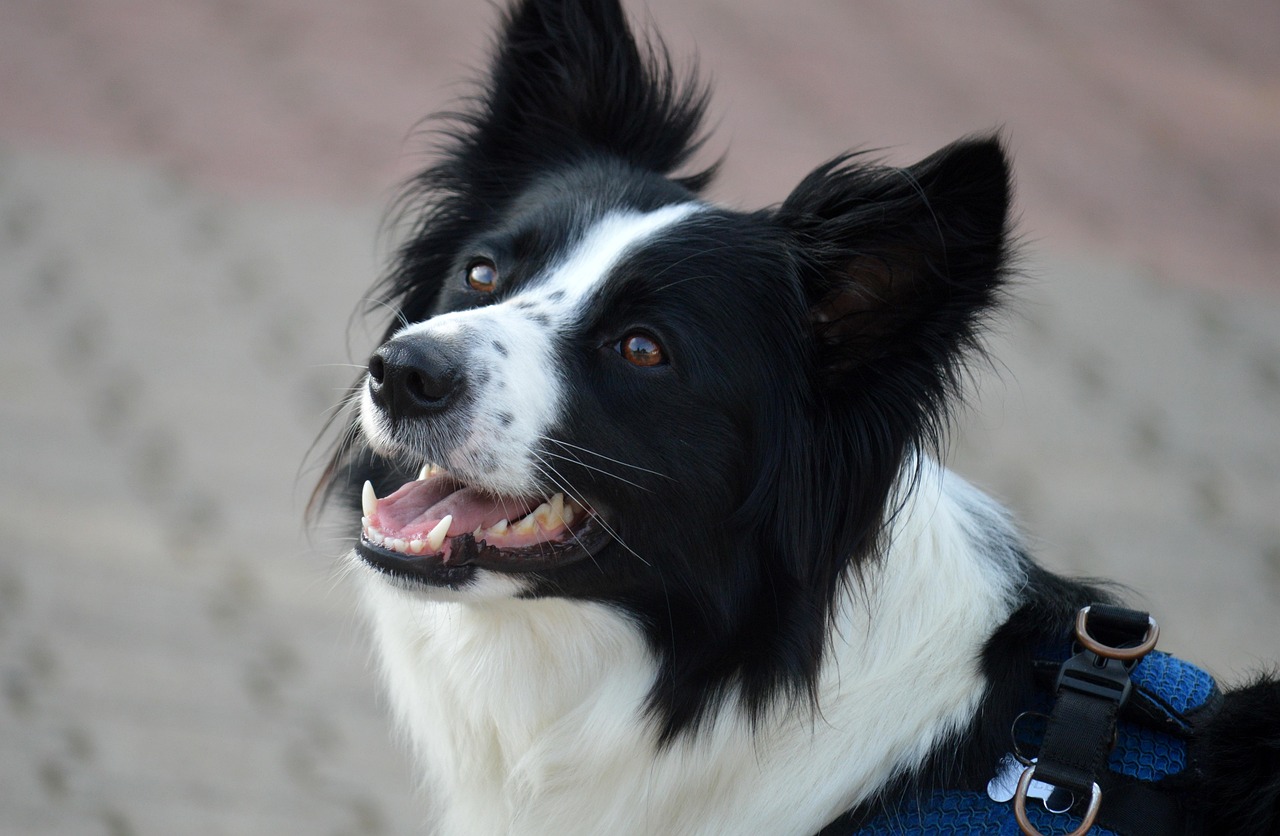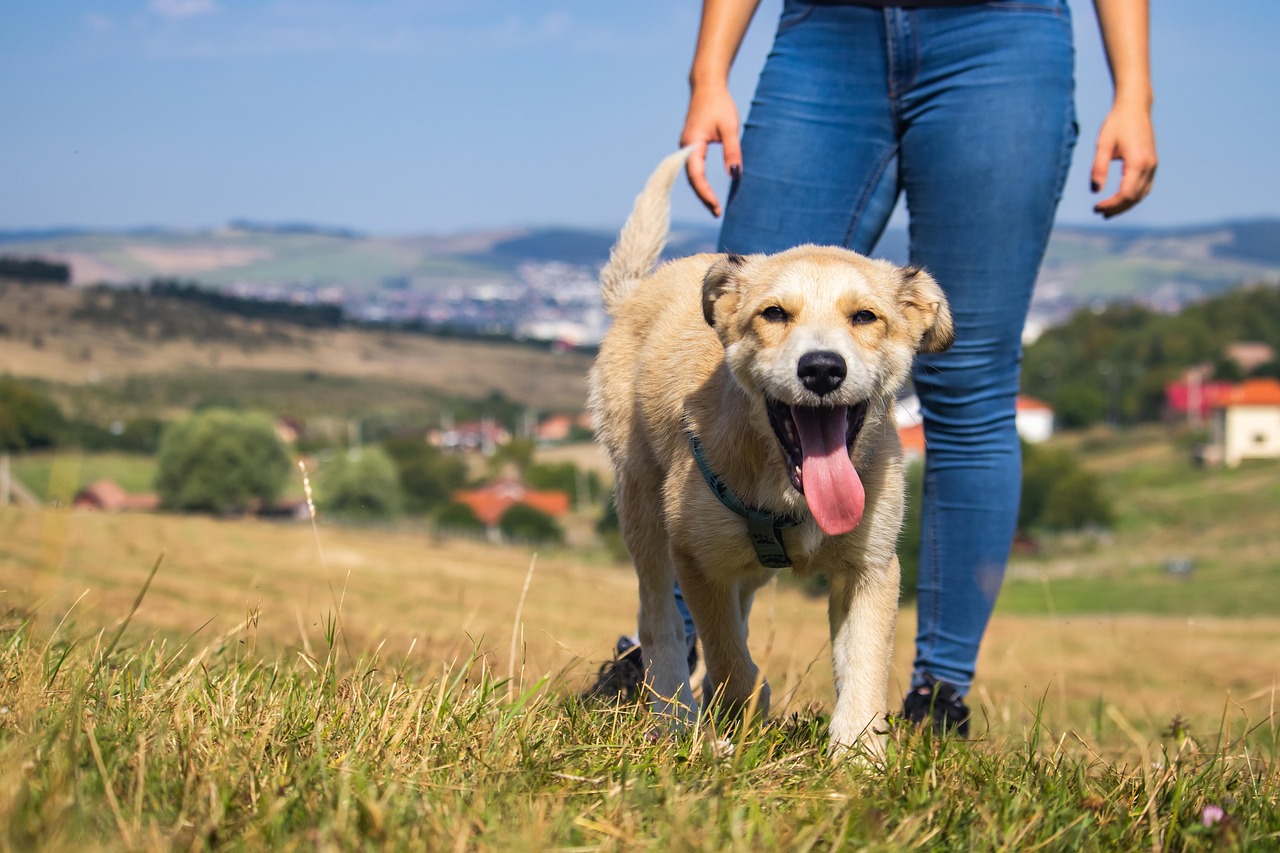Child-Friendly Techniques for Successful Dog Training
Introduction to Dog Training for Kids
Dog ownership transcends mere feeding and grooming. It’s a component of bringing up well-behaved, obedient, and happy dogs involves training them. As kids are active participants in the family equation, including them in the process of training a dog is both critical and enriching.
Through dog training, kids not only gain a playful companion but also learn valuable life skills such as responsibility, communication, and empathy. However, it’s important to remember that the success of this process depends on structured guidance and constant supervision from adults. Now, let’s explore dog training for kids.

Basic Commands Kids Can Teach
Successful dog training rests on teaching the dog simple commands initially. Here are some commands and techniques that kids can impart, under adult supervision.
Sit
The ‘sit’ command is the foundation of dog training. Guide your child to hold a treat close to the dog’s nose and then move their hand upwards, enticing the dog to follow the treat with its nose and eyes, leading it to sit.
Lay Down
Once the dog has mastered the ‘sit’ command, teaching it to lay down is the next step. Instruct your child to hold a treat in their closed hand. Bring the hand to the dog’s snout and let it sniff the treat. Move the hand down to the dog’s front paws and then out along the ground. The dog will follow, laying flat on the ground.
Stay
The ‘stay’ command is vital in ensuring the dog respects boundaries. Once the dog is in a ‘sit’ or ‘down’ position, teach your child to say ‘stay’, with their palm open towards the dog. Start with a short distance and then slowly increase the distance between the child and the dog, always rewarding the pet for staying put.

Training Techniques for Kids
Positive Reinforcement
Incorporate the principles of positive reinforcement into your child’s method of training. This involves rewarding the dog’s good behavior with treats, praise, or petting. Consistent rewards encourage the dog to repeat the behavior.
Patience andPersistence
Training requires consistency, patience and time. Explain to your child that training results won’t always be immediate, and it’s ok if the dog doesn’t follow the commands correctly every time. With patience and daily practice, the dog will learn.
Training Safety Guidelines
While dog training can be a wonderful bonding exercise for children and their pets, it’s crucial to implement safety measures.
Firstly, never leave a child unsupervised during a training session. No matter how docile a dog might seem, kids can unknowingly provoke a reaction. Adult supervision ensures that both the child and the dog are safe.
Secondly, ensure the commands and techniques kids use are age-appropriate, and they can handle the task responsibly. Too complex commands can frustrate both the child and the dog, leading to ineffective training and potential safety risks.
Lastly, if you have a large or particularly active dog, make sure your child trains the dog on a leash initially, ensuring that they don’t lose control.

Fun Training Games
Making the dog training process interactive and enjoyable fosters better engagement for kids. Here are two ideas:
Fetch
Fetch is a popular game that also reinforces the ‘come’ command. It’s a great exercise for dogs and an easy game for kids to play under supervision.
Hide and Seek
This game is a fun way to teach a dog the ‘stay’ and ‘come’ commands. The child commands the dog to stay, hides, and then calls for the dog to find them. This not only reinforces commands but also boosts the bond between the dog and the child.

##Conclusion
Making dog training a family responsibility is beneficial to both the child and the dog. It boosts bonding, instills responsibility in children, and ensures the dog is well trained. It’s essential to remember that this should be a positive and safe experience. Therefore, make sure it’s supervised, the training tasks are age-appropriate, and the whole process fosters a healthy, happy environment.

Learning doesn’t stop here. There’s a world out there full of different techniques, games, and breeds. Curiosity, willingness to learn and patience are the keys to a fulfilling dog training experience for kids.




